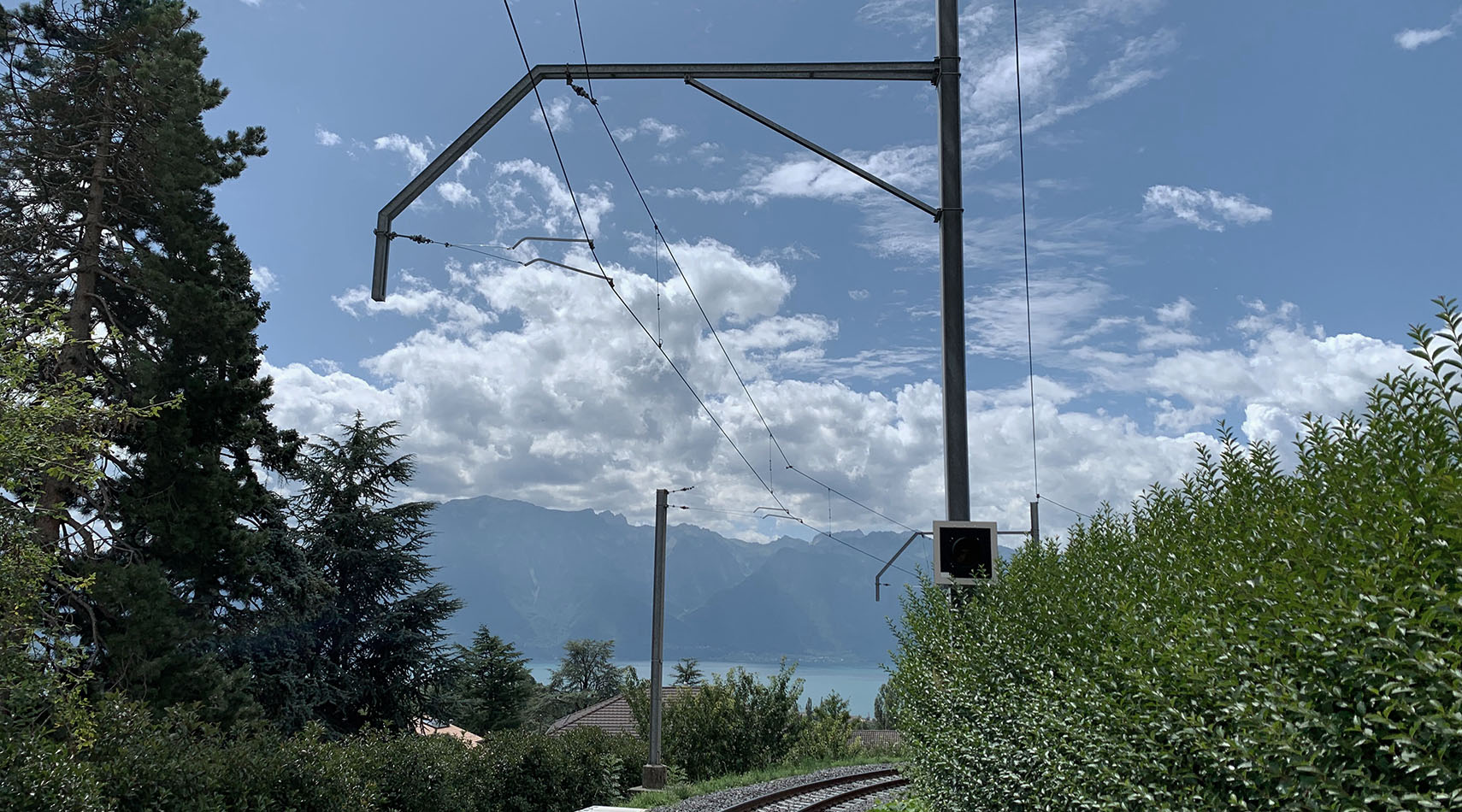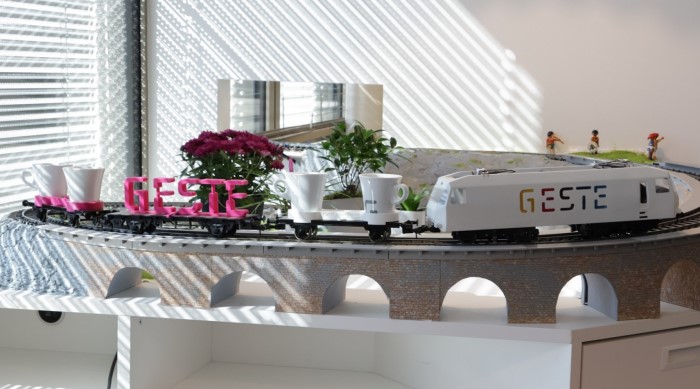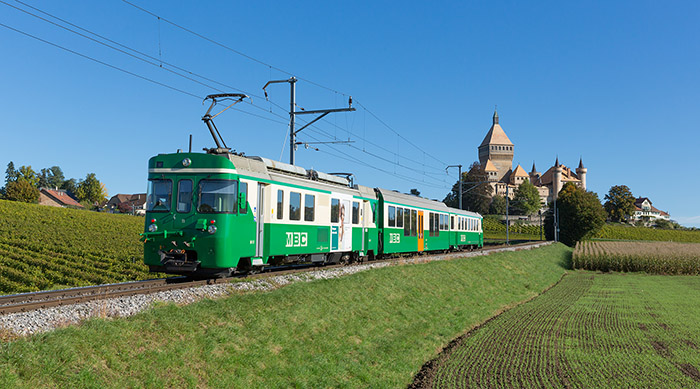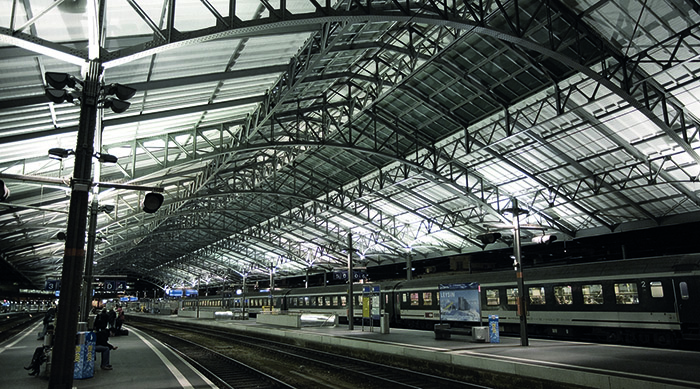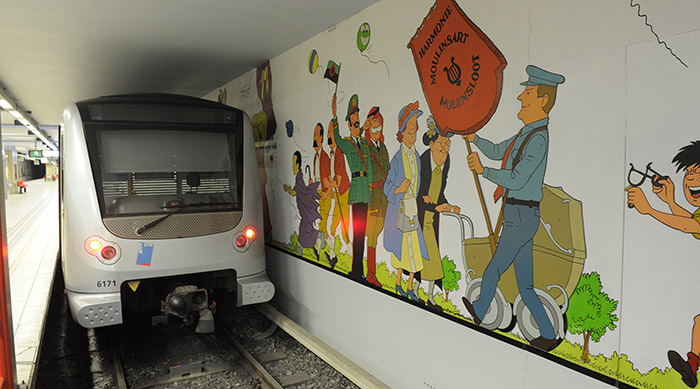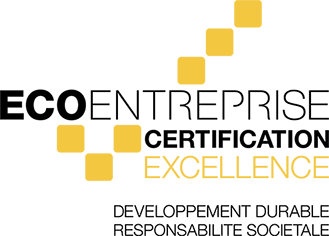ENERGY
Ensuring an efficient energy supply for the transport system and its electromechanical equipment is a strategic element. The traction current is a particular form of energy responding to large variations in charges over very short periods. AC or DC, from 600 V DC to 25 kV AC, there are many variants and they must be adapted to the mode of transport. Electromechanical equipment has diverse, but very often redundant, energy sources, in order to ensure the availability of strategy and safety functions in the event of a basic power supply failure.
Advanced skills and broad experience are needed to guarantee mastery of this wide range of technology and its multiple components and interfaces, from the production of energy to the end user. Our project managers, engineers and technicians have the knowledge and experience necessary to execute your energy projects with professionalism and efficiency: electrical substations, contact line or power rail, emergency systems, cables, low voltage equipment at stations, stops or tunnels, SCADA, earthing (to protect people from dangerous contact voltages, and equipment and infrastructure from stray currents, in particular).
Domains of activity
- High-speed railway lines
- Intercity railway lines
- Normal or metre gauge regional lines
- Tram-train and tramways
- Metro lines with or without drivers (STO, DTO, UTO)
- Bus, trolleybus and Bus Rapid Transit (BRT) lines
- Rail and bus stations, depots and garages
- Junctions, level crossings and rail/road sections
- Industrial and branch line networks
- Road and railway tunnels
- Structures and infrastructures
- Buildings
- Conventional, self-driving and innovative vehicles
Systems and equipment
- Contact line and contact rail
- Traction current
- MV/LV electrical substations
- Optical cables and fibres
- Low voltage
- Lighting (including digital simulation)
- Electromechanical equipment (MEP)
- Earthing and protection against stray currents
- Telecommunications
- GTC/SCADA (supervision software)
- Battery power
- Contactless energy transfer
Services
ENERGY AND EQUIPMENT
- Audits of existing installations, study of compliance with standards and regulations
- Energy needs analysis
- Technical studies of electromechanical equipment and energy supply means
- Calculation of traction current requirements and dimensioning of electrical substations
- Study of supervision and control systems
- Definition of operation and maintenance concepts
- Establishment of quotes and funding requests
- Preparation of files for the investigation or plan approval procedure (PAP)
- Drafting and managing tenders
- Multidisciplinary phasing and planning of works
- Piloting multidisciplinary projects
- Monitoring studies, factory tests (FAT) and onsite tests (SAT)
- Monitoring execution and general and local works management
- Management and testing for commissioning, acceptance and inspections
- Life cycle management
EARTHING
- Establishment of the earthing design and implementation provisions
- Site monitoring and supervision of implementation of the chosen concept
- Stray current measurements
Measurement software and tools
GESTRAC
- A calculation tool that has been developed and validated by GESTE to digitally simulate traction currents, allowing optimisation of the infrastructure (substations, cables, contact lines) according to energy needs, and dimensioning of traction current substations for railway and urban lines
MEASUREMENT TOOLS
- Minilog2, Fluke Advanced Earth/Ground Tester, Multimeter
- Contact line measuring pole, laser

